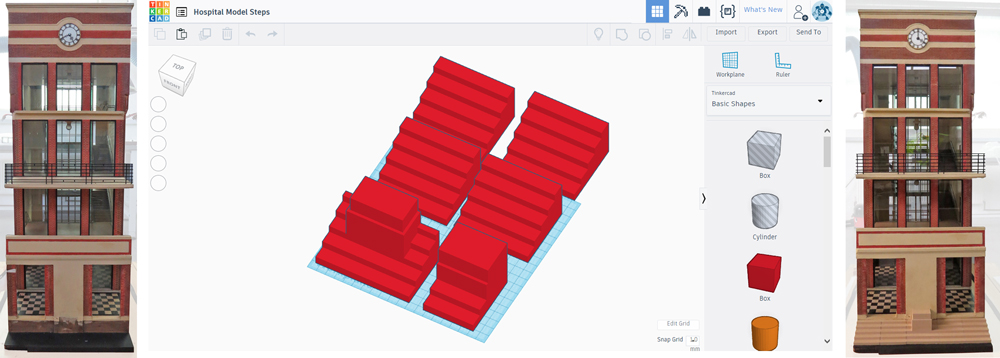KINGS FUND HOSPITAL MODEL
The Kings Fund Hospital Model is a 1:16 scale model built in 1932 to showcase the up to date thinking of what was required of a hospital at the time. The model is owned by the Wellcome Trust but cared for by the Science Museum Group.
The model was due to go on display in the Wellcome Trust Living with Buildings exhibition between October 2018 to March 2019. It was then scheduled to go on permanent display in the Science Museum's new Medicine Galleries opening in 2019.
Not only was there treatment to be undertaken but the model also had a major health and safety concern, was required to be a working model and due to the size tricky to install. A number of collaborations were required and new techniques used.
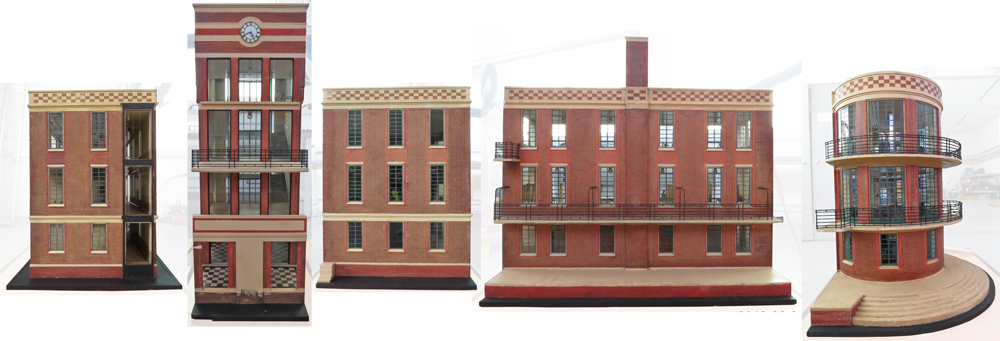
TREATMENT
Consisting of 5 large sections that fitted together, although the model was structurally sound, there was a layer of accretions on the entire object.
Many small components were loose and steps from the front of the model were missing.
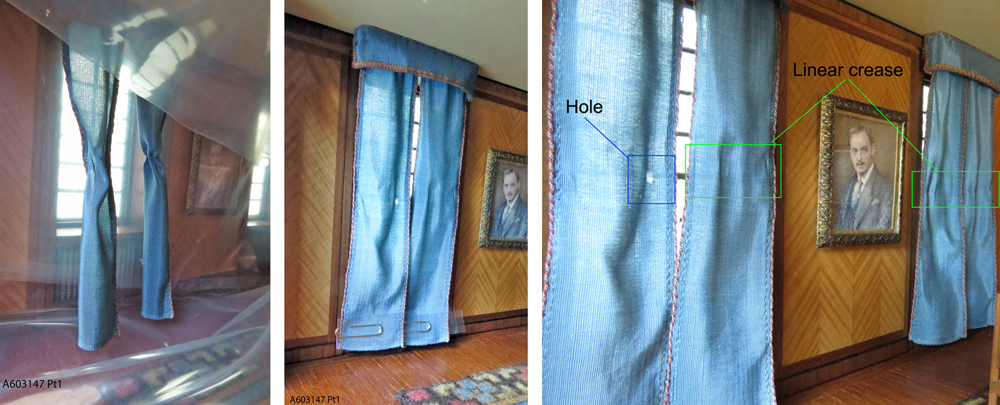

HEALTH AND SAFETY CONCERNS
Asbestos had been identified in the textured brickwork finish on the exterior of the model.
Previous treatment had consolidated any brittle or damaged areas but other treatment had to be approached with caution to prevent potential release of hazardous asbestos fibres.
A risk assessment was carried out for the treatment and transportation of the object.
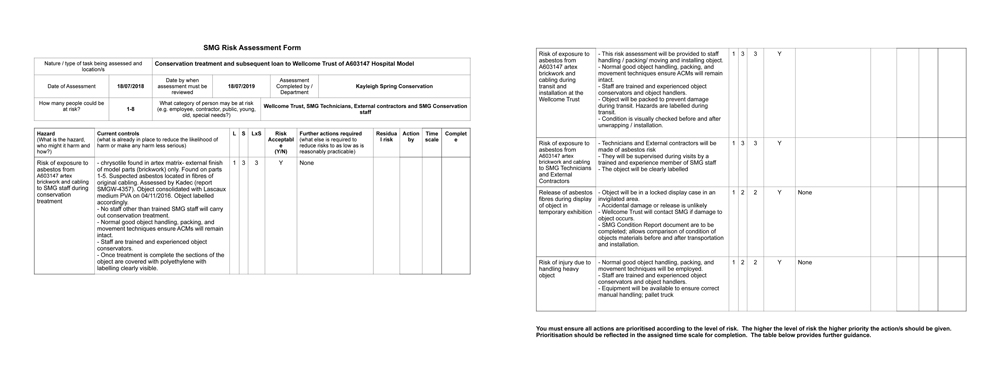
WORKING MODEL
The model would have previously been lit via incandescent bulbs in each of the model's rooms.
Experts were brought in to carry out testing of the bulb fittings and re-wiring, and new custom LED bulbs were manufactured.
In order to allow access to all the rooms and future mantainence, windows had to be removed. I developed a method to allow this by removing the original pins holding the windows in and replacing them with screws.
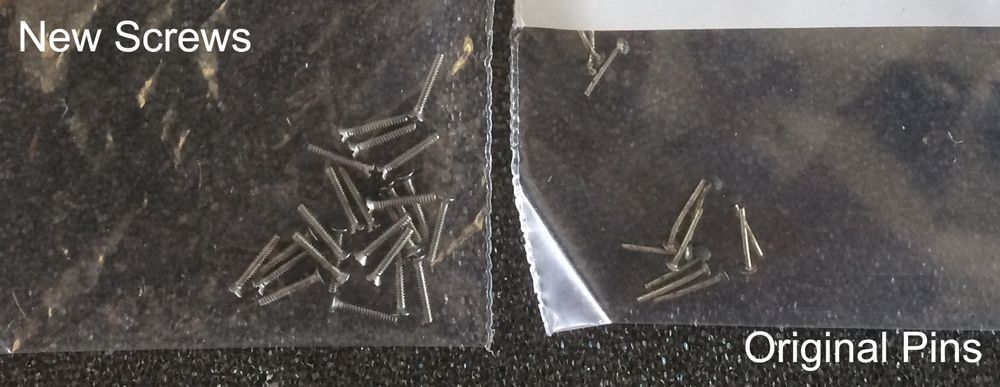
INTER-DEPARTMENT COLLABORATION
In one of the rooms of the model there was a small magazine that was torn along the hinge and previously been badly repaired. For the treatment of this magazine the Science Museum's paper conservator was called in.
Together we removed the magazine from the table it was on. The paper conservator carried out the repair of the magazine whilst I removed adhesive residue from the table top.
Rather than adhering the magazine back to the table, a melinex sleeve was created. The sleeve could then be adhered to the table and the magazine could be slide inside and held in place.

NEW MEETS OLD
As the model was made with such precision, replacing the steps missing from the front also needed precision work.
Measurements were taken of the missing space, and using original illustrations of the model, 3D renders of the steps were created. These were then printed on a 3D Printer.
A PLA plastic containing a wood composite materials was used to give an authentic texture and colouration. This materails was oddy tested to ensure it was suitable for loan term display. It showed that sealing the material with an adhesive would help prevent any off-gasing.
